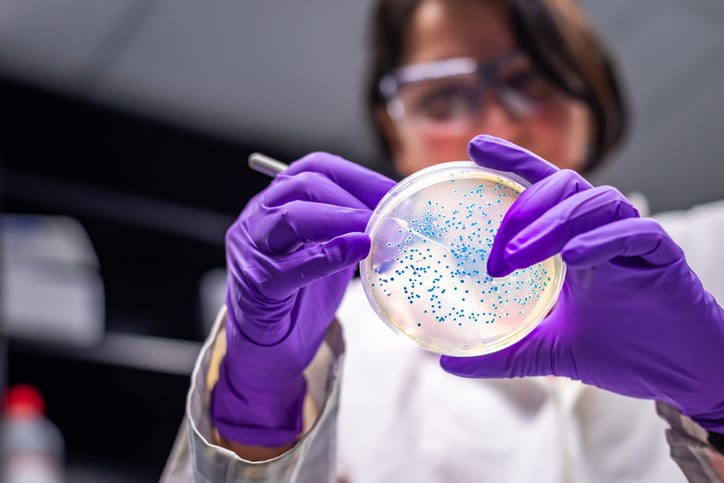Cardiovascular disease (CVD) remains the leading cause of death and morbidity in Western countries, and new therapeutic targets that contribute to CVD development and progression are needed.
The study, published in Cell, hypothesised that using untargeted metabolomics as a discovery platform, coupled with functional studies, could serve as a relatively unbiased approach for revealing new metabolic pathways in humans that potentially contribute to the development of CVD.
Therefore they sought to identify circulating metabolites that were increased in non-diabetics as well as people with type 2 diabetes (an independent risk factor for cardiovascular disease), associated with development of CVD, and poorly correlated with indices of glycemic control.
The research team was led by Stanley Hazen, M.D., Ph.D., chair of the Department of Cardiovascular & Metabolic Sciences in Lerner Research Institute and co-section head of Preventive Cardiology & Rehabilitation in the Miller Family Heart, Vascular & Thoracic Institute, in Cleveland, discovered that when phenylalanine is broken down by microbes in the gut, it produces a byproduct (metabolite) that ultimately shows up in blood called phenylacetylglutamine (PAG).
PAG was observed to be associated with incident CVD risks in both diabetic and non-diabetic subjects alike.
PAG levels were noted to be substantially increased in subjects with end-stage renal disease (Meyer et al., 2016) and associated with mortality in one study (Shafi et al., 2015). Elevated urinary levels of PAGln have also recently been associated with obesity (Elliott et al., 2015), early renal function decline (Barrios et al., 2015, Poesen et al., 2016), and diabetes (Loo et al., 2018, Urpi-Sarda et al., 2019). Despite these reports, a mechanistic link between PAG and CVD pathogenesis has not been reported until now.
Dr. Hazen, said: "Over the past decade there has been an increasing amount of data to suggest that gut microbes play a role in health, especially as it relates to heart disease.
"We found that blood levels of PAG contribute to cardiovascular disease risk in a couple of different ways."
The study
Analysing samples from more than 5,000 patients over three years revealed that elevated PAGln levels predicted subjects who went on to experienced adverse cardiac events like heart attack and stroke in the future, and also in those with type 2 diabetes. Animal model and microbe transplantation studies suggest the gut microbe-produced PAG can play an important role in driving cardiovascular disease.
The researchers also analysed whole blood, platelet-rich plasma and isolated platelets from patient samples to understand how PAG affects cell processes. They then analysed animal models of arterial injury to see how PAG induced cellular changes manifest into disease. Dr. Hazen and his team found that PAG enhanced platelet reactivity and clotting potential, which increases the likelihood of blood clots, a major cause of adverse cardiac events like heart attack and stroke.
An insight to beta blockers
Dr Hazen, who also directs the Cleveland Clinic Center for Microbiome and Human Health, said: "Part of the reason we were so interested to have made this discovery is because we found that PAG binds to the same receptors as beta blockers, which are drugs commonly prescribed to help treat cardiac diseases."
Administering beta blockers to animal models with elevated PAG was shown to reverse cardiovascular endpoints driven by PAG. Additionally, researchers found that using gene editing technology or drugs to block PAG - receptor signalling significantly reduced clotting activity.
"We believe our findings suggest that some of the benefits of beta blockers may be attributed to preventing PAG - related activity," said Hazen. "Beta blockers have been widely studied and are prescribed to many cardiac patients, but, to our knowledge, this is the first time that this mechanism has been suggested as an explanation for some of their benefits."
Source: Cell
Hazen. S. L., et al
"A Cardiovascular Disease-Linked Gut Microbial Metabolite Acts via Adrenergic Receptors"


